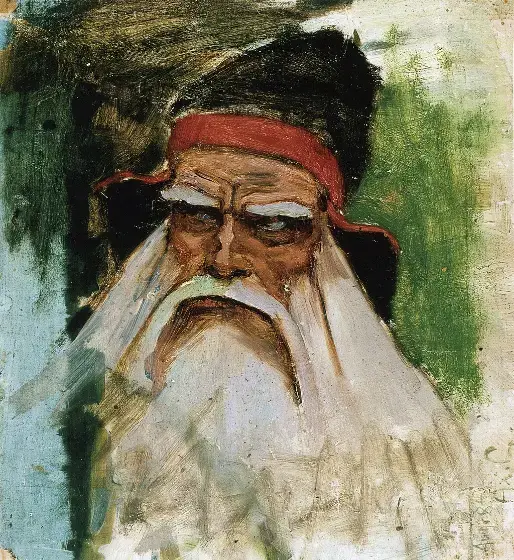Väinämöinen

Väinämöinen stands as the central figure in Finnish mythology and serves as the protagonist of Finland's national epic, the Kalevala, compiled by Elias Lönnrot in the 19th century. Far more than a mere character, Väinämöinen embodies the archetypal wise elder—an ancient demigod born of the primordial goddess of air, Ilmatar, and the sea.
Legend portrays Väinämöinen as extraordinarily old even at birth. He remained in his mother's womb for seven centuries before emerging fully bearded into the world. This extended gestation symbolizes his profound connection to ancient wisdom and the primordial forces of creation.
Väinämöinen's most formidable power lies in his voice. Unlike conventional heroes who rely on physical might, he wields magic through song and poetry. His enchanted kantele (a traditional Finnish string instrument carved from the jawbone of a giant pike) accompanies his spellbinding performances. When Väinämöinen plays and sings, even the natural world falls under his spell—animals pause to listen, enemies become entranced, and the very elements of nature bend to his will.
As a cultural hero, Väinämöinen is credited with teaching humanity essential skills like agriculture, boat-building, and medicine. His knowledge of magical incantations and healing words (loitsut) made him the first tietäjä—a seer and shaman with access to ancient wisdom.
The Kalevala follows Väinämöinen through numerous adventures: his competition with the young upstart Joukahainen, his failed courtship of the Maiden of Pohjola, his journey to the land of the dead (Tuonela), and his pivotal role in recovering the magical Sampo—a mysterious artifact that brings prosperity to whoever possesses it.
In the epic's conclusion, Väinämöinen departs Finland in a copper boat, promising to return when his people need him again. This departure mirrors similar legends of sleeping heroes across European mythology—figures who rest in hidden realms until their people require their wisdom and strength once more.
Väinämöinen's enduring legacy continues in Finnish culture, where he represents the power of knowledge, art, and tradition over brute force. His character embodies Finland's cultural identity—resilient, wise, and deeply connected to nature and ancestral wisdom.